5 simple ways to get rid of thrips in the house and garden this summer
It's thunderbug season!

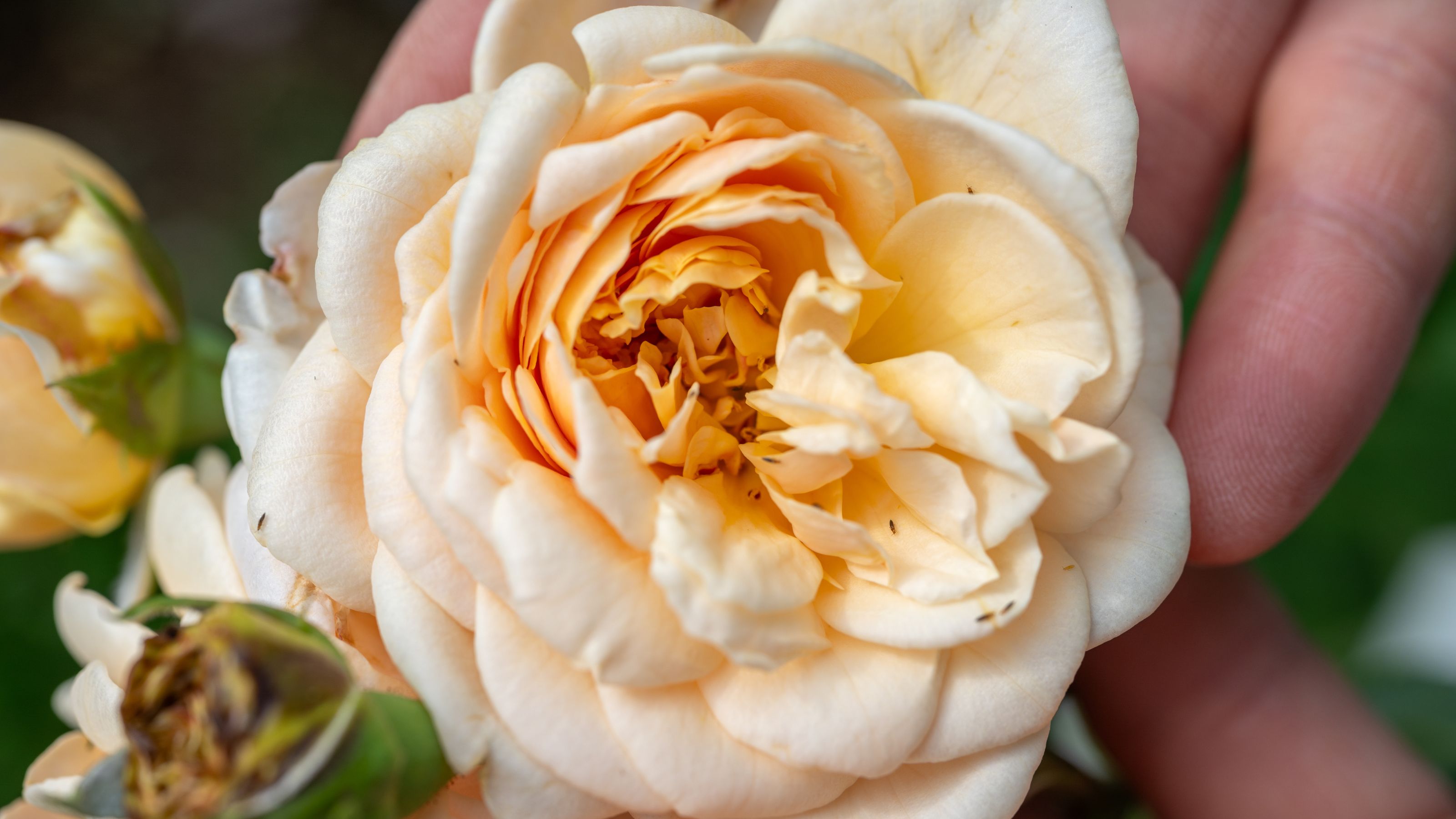
It’s thunderbug season, and if you’re wondering how to get rid of thrips (another name they go by), you’re not alone.
Thrips aren’t one of the most damaging garden plant pests (although some species do cause visible damage to plants), but they’re a nuisance outdoors and indoors. According to experts, though, you can learn how to get rid of thunderbugs in the house and the garden in a few easy steps.
It all depends on the severity of the infestation, though, so below, you’ll find various methods which cover all bases, from a few pesky thrips to a full-scale thunderbug takeover.
1. Spray them with water
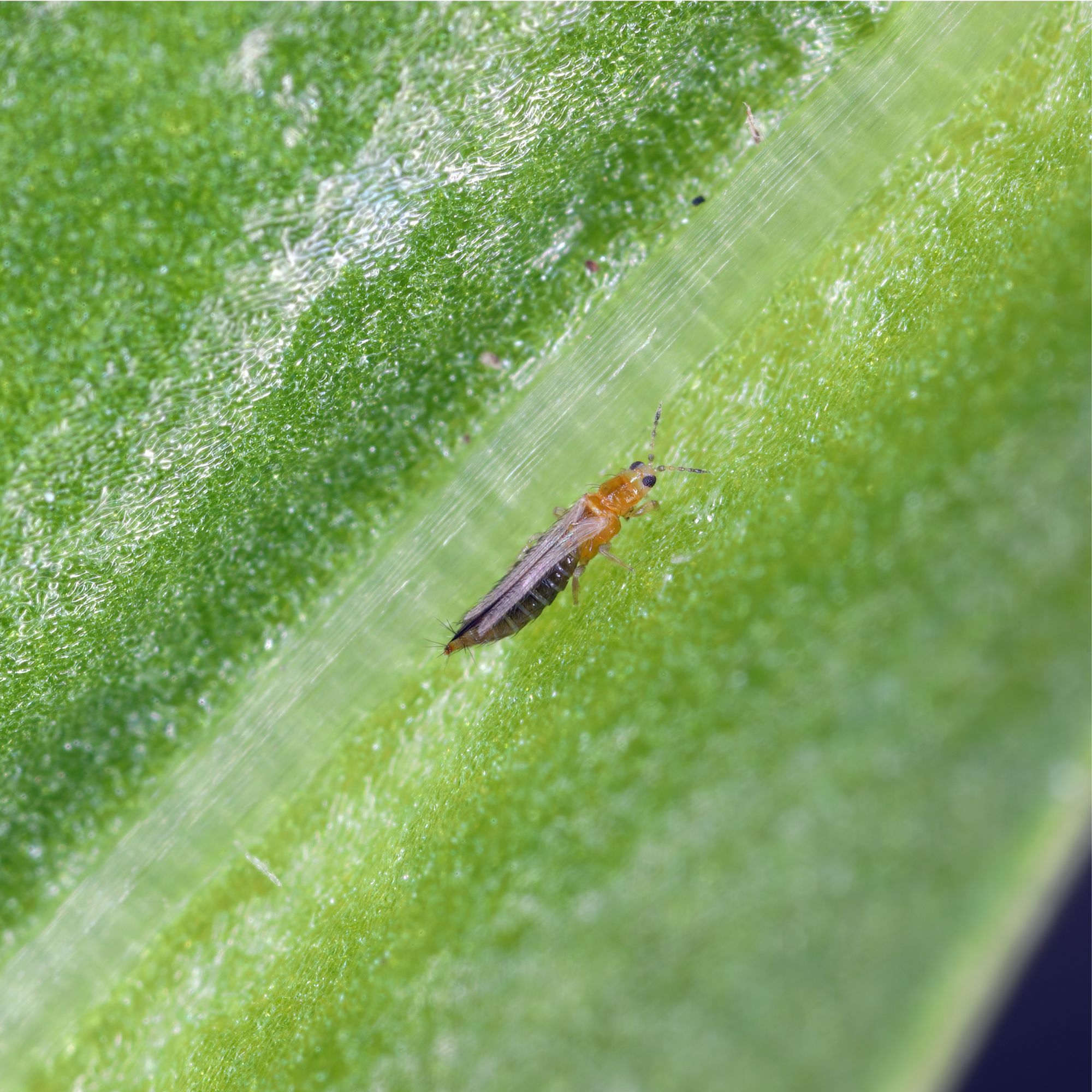
If you’ve learned how to get rid of aphids before, you’ll know that some pests can be blasted away with a jet of water. The same applies to thrips, but it depends on the severity of the infestation.
‘If your plant is impacted by a light infestation, thrips can be removed by force with a spray of water from a pressurised bottle, or in the shower for houseplants,’ says Liam Cleary, outdoor plants expert the Old Railway Line Garden Centre.
‘They can be physically removed from the plant without the use of chemicals or materials, ideally if you have a single plant or two, or if they’re potted.’
You can pick up Spear & Jackson's Pump Action Pressure Sprayer at Amazon for just £9.84.
Sign up to our newsletter for style inspiration, real homes, project and garden advice and shopping know-how
2. Remove affected plant material
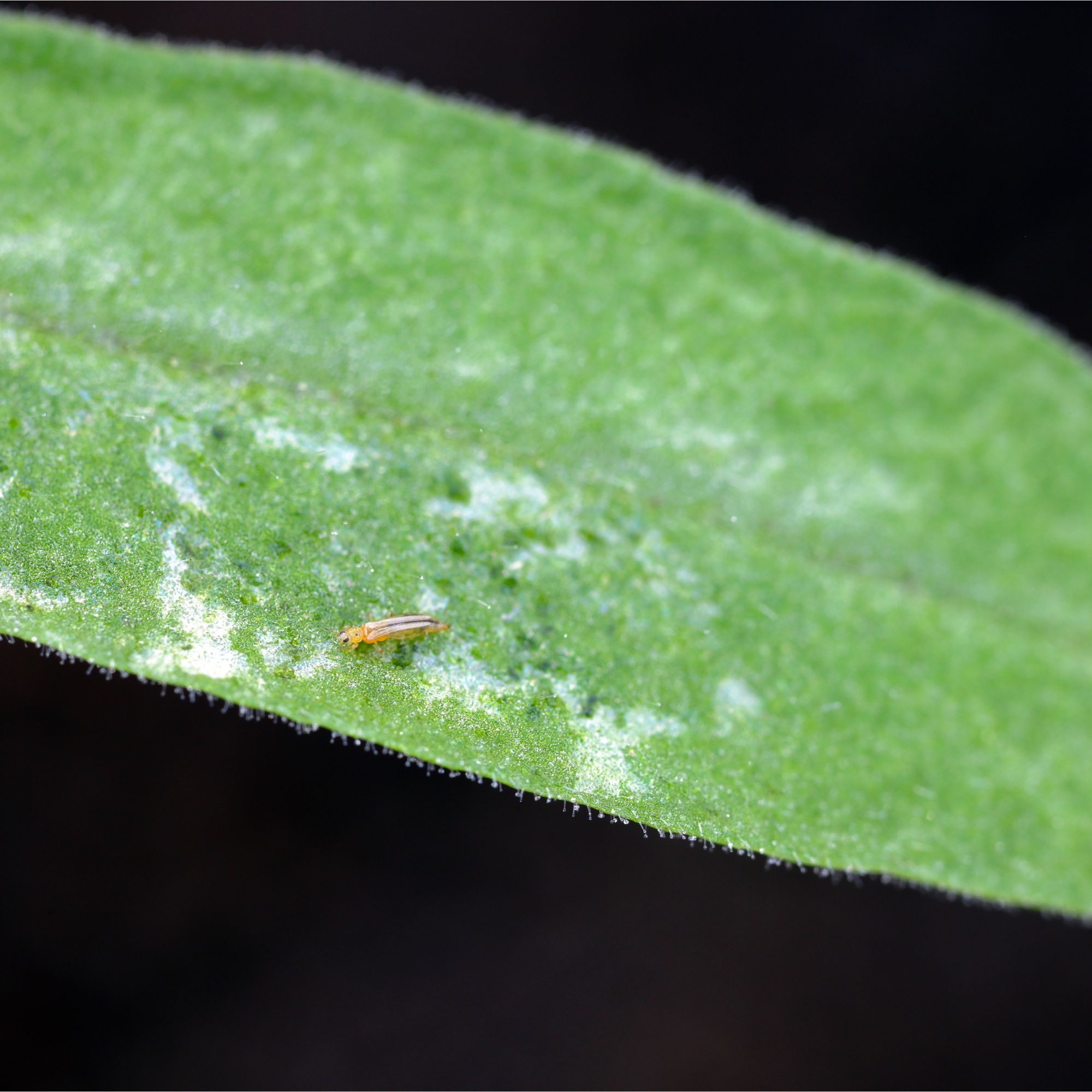
If your plants have fallen victim to a more severe thrip infestation, the first step is to remove the affected areas, say the experts at Harrod Horticultural.
Thrips suck the sap from foliage and flowers, which can sometimes leave them looking mottled. That spells bad news for our flower bed ideas – but if the damage is extensive, it’s better to deadhead the affected flowers and leaves.
If the problem lies in the roots (of an indoor plant, especially), you can repot your houseplant.
‘If it’s only a root infestation, changing the soil and washing the roots with an eco-friendly insecticidal soap can be a good solution to ensure that the thrips and their larvae are not hiding in the soil,’ explains Liam.
3. Set up sticky traps
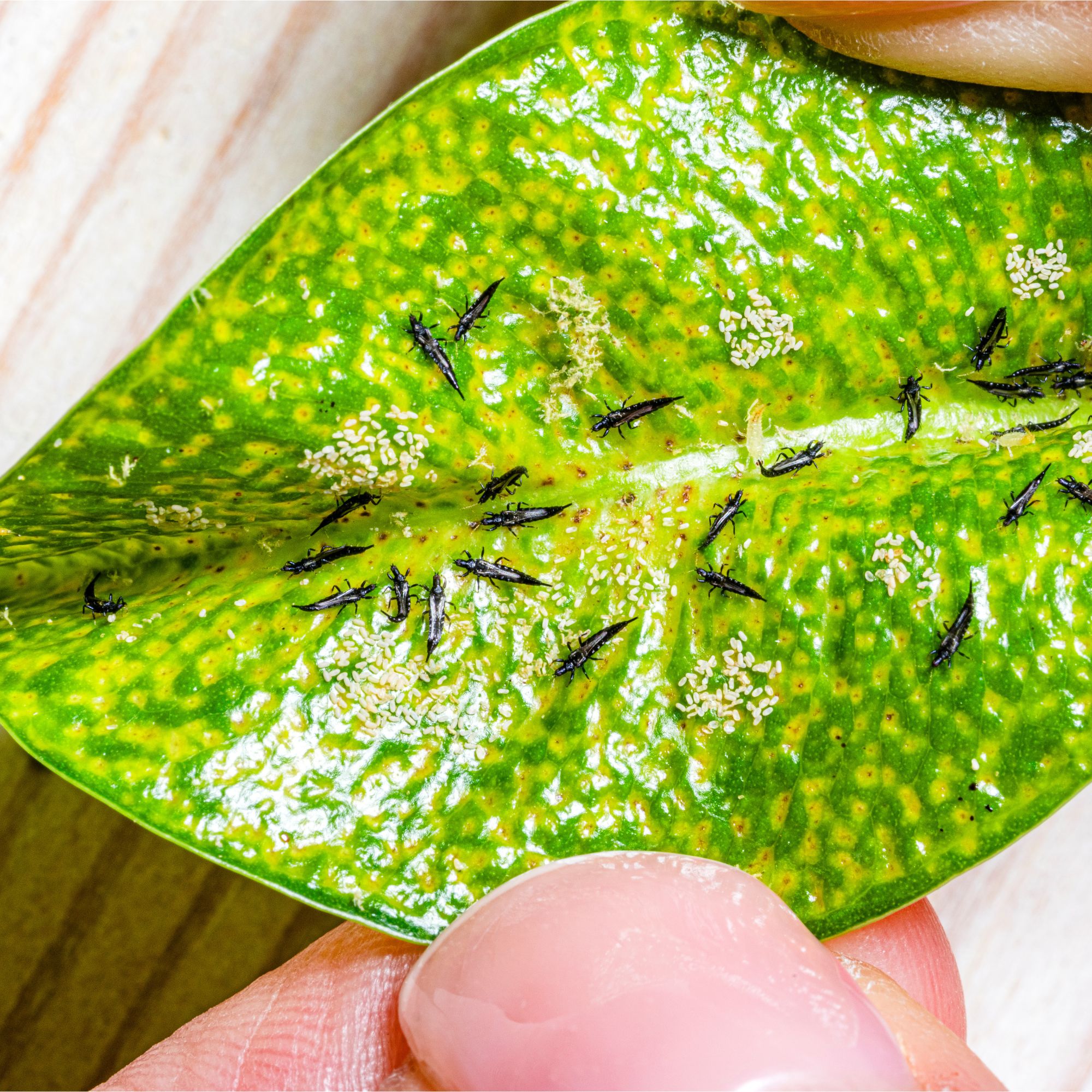
One of the most effective ways to get rid of thunderbugs is by using sticky traps.
They look a bit like Post-its, and they’re especially helpful in the home, around houseplants, for example (which is why they’re also used to get rid of fungus gnats).
‘The trap attracts them, and then when they land on it, they get stuck and cannot spread themselves any further through the home,’ says Liam.
Sticky traps are readily available to buy from Amazon and various other garden retailers.
4. Encourage natural predators
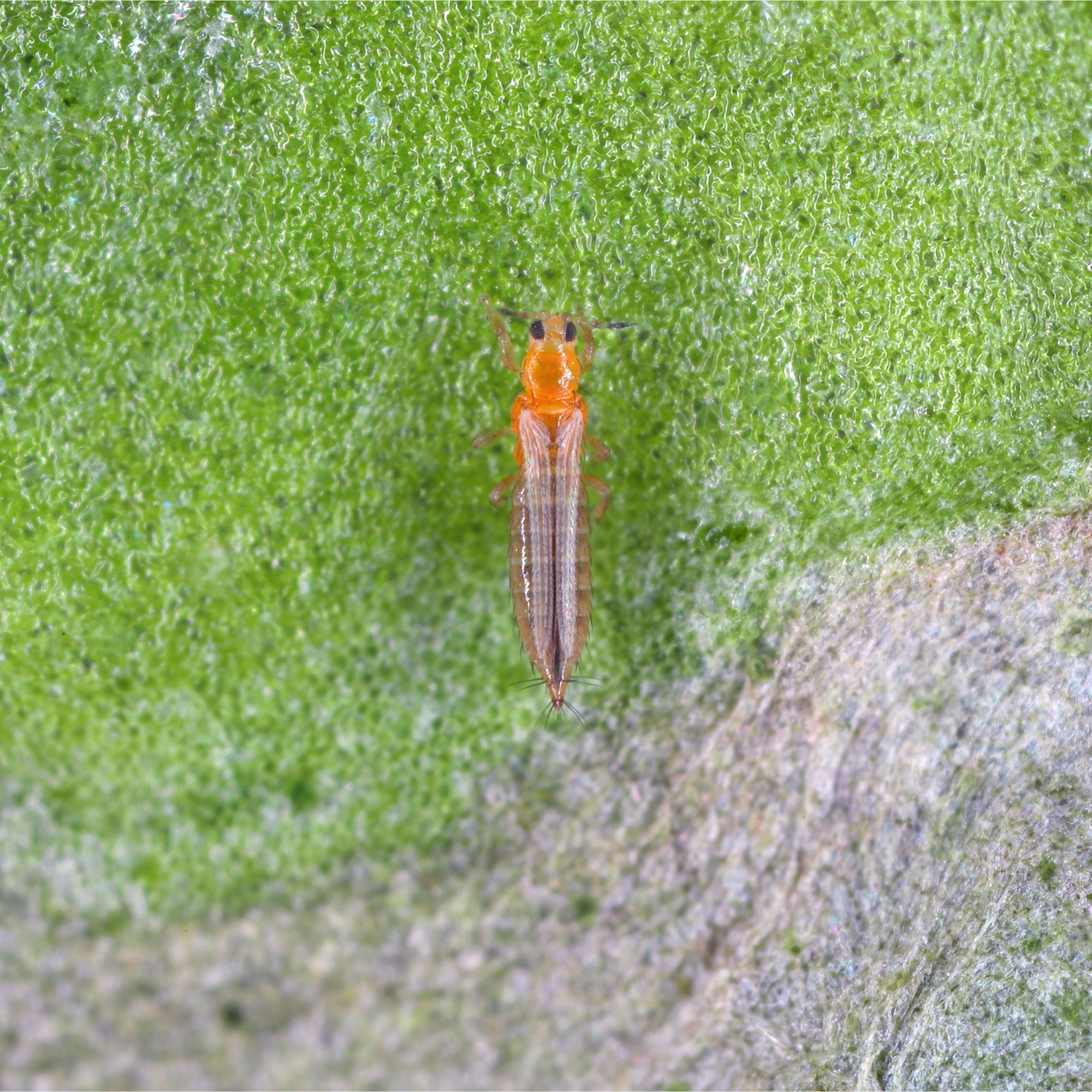
Another effective way to get rid of thrips is by encouraging their natural predators into your garden to control numbers for you.
‘Encourage natural predators like minute pirate bugs and predatory mites, which are highly effective against thrips,’ say the experts at Harrod Horticultural.
Planting plenty of nectar-rich, pollinator-friendly plants is a great way to attract pest predators into the garden. That's why we're such huge fans of companion planting!
5. Use insecticidal solutions
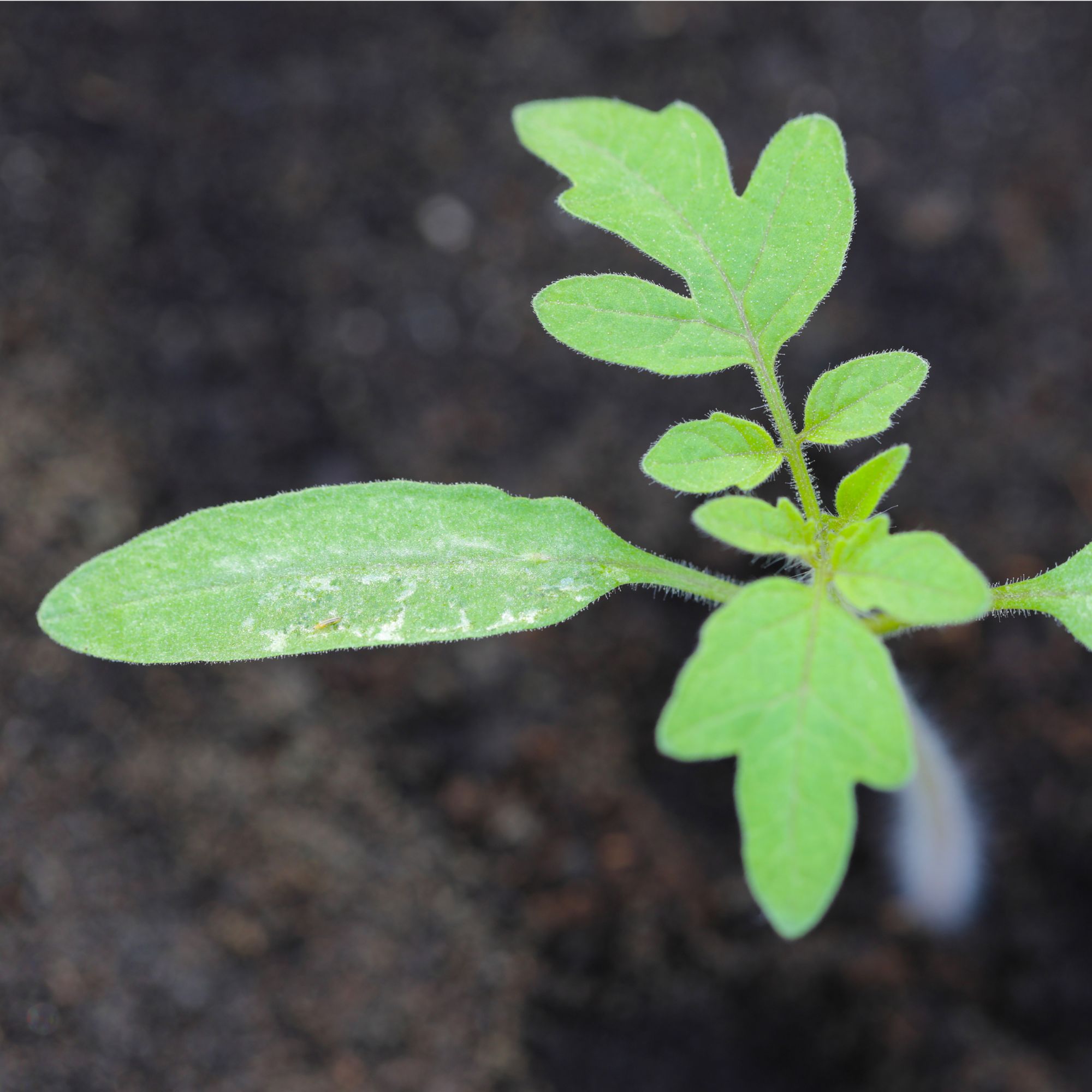
If trapping and spraying thrips with water just isn’t cutting it, it might be time to try an insecticidal soap instead. It’s crucial that you choose an eco-friendly product that’s safe for plants and wildlife, though, like Ecoworm’s Potassium Soap from Amazon.
‘For heavier infestations, apply insecticidal soap or neem oil, focusing on the undersides of leaves and new growth,’ say the experts at Harrod Horticultural. ‘Consistent monitoring and good garden hygiene are essential to keep thrips at bay.’
Liam says you can also mix 70% rubbing alcohol and water and pop it into a spray bottle or use it to wipe down the leaves.
'This is very useful if there are eggs present,’ he adds.
Thrips are active at this time of the year, especially while the weather is this warm. A few pest-repellent plants wouldn't go amiss for protecting the rest of your garden, too!

Sophie joined the Ideal Home team as Gardens Editor in June 2024. After studying English at Royal Holloway, University of London, she began writing for Grow Your Own, which spurred on her love of gardening. She's tried growing almost every vegetable under the sun, and has a soft spot for roses and dinnerplate dahlias.
As Gardens Editor, Sophie's always on the lookout for the latest garden trend. She loves sharing growing hacks for every space, from herbaceous borders to balconies.